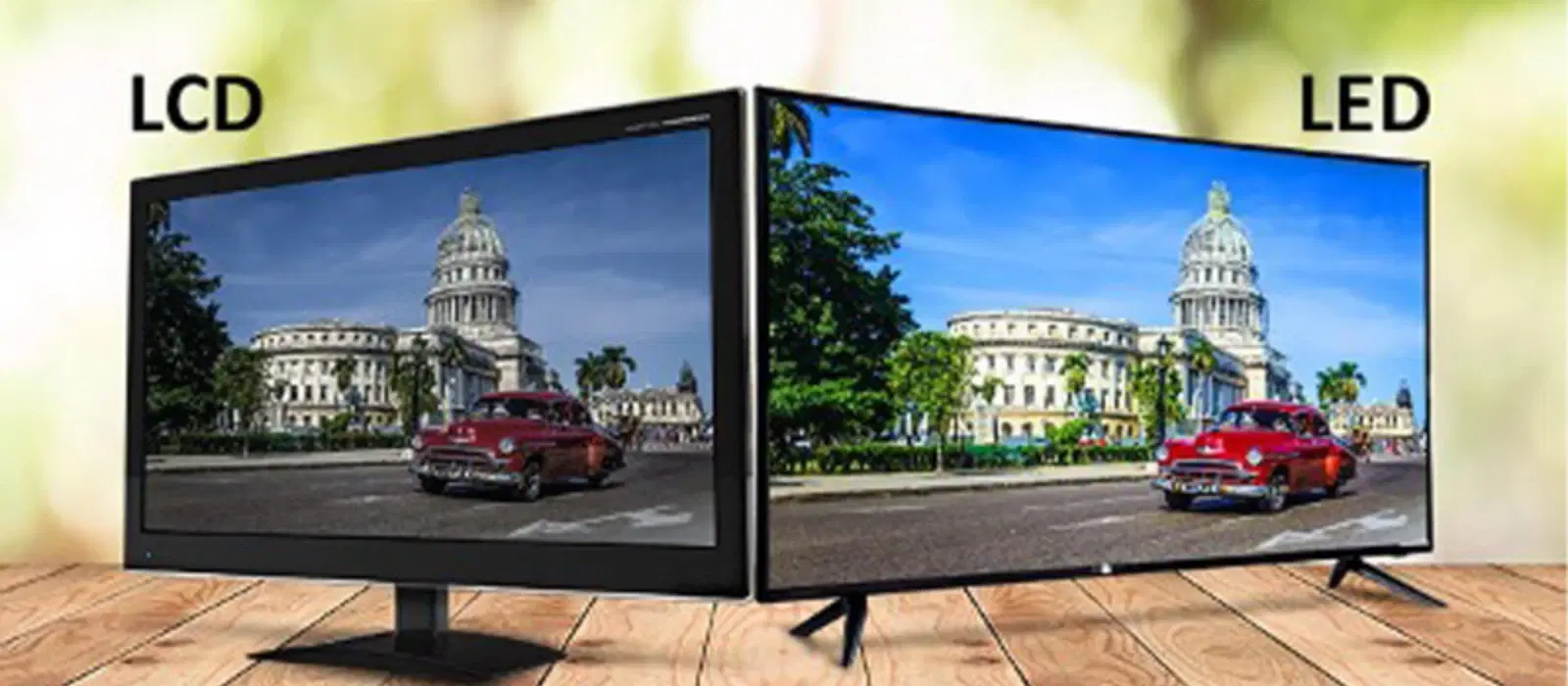
Consumer Electronics
•03 min read
Choosing the right display technology can make all the difference for your viewing experience—whether you are gaming, working, or simply watching your favourite shows. With two prominent options available today, IPS LCD and OLED, understanding their differences helps you make an informed choice tailored to your needs and preferences.
IPS LCD display technology advances traditional LCD screens by offering wider viewing angles and reliable brightness levels. This technology is commonly found in laptops, desktop monitors, and budget-friendly mobile devices, making it an ideal choice for users looking for crisp and consistent colours from any angle.
OLED technology harnesses self-lighting pixels to deliver deeper blacks and enhanced contrast ratios, making images pop with vibrancy. This feature, along with the ability to create thinner displays, makes OLED a preferred choice in premium smartphones, TVs, and gaming monitors.
For those who value consistent colour reproduction from multiple angles, IPS LCD excels with its wide viewing angles. On the other hand, OLED’s technology allows it to provide superior contrast along with more vibrant colours. This difference in display performance means that your viewing experience may vary based on your preferred usage scenario.
IPS LCD displays are known for their brightness, making them especially suitable for well-lit environments. OLED screens, however, shine in creating rich, true-to-life images, even in low-light conditions. This makes each technology a suitable candidate depending on your dynamic environment and usage habits.
When it comes to gaming, refresh rates and response times are essential. IPS LCD is reliable for fast-paced gameplay and maintains consistent performance, while OLED offers immersive visuals that enhance the overall gaming experience. Both options bring their own advantages, whether you are a budget-conscious gamer or someone seeking top-tier display immersion.
OLED displays are the go-to for high performance and efficiency in mobile devices due to their portability and ability to reproduce true blacks and dynamic colours. However, IPS LCD provides advantages like sustained brightness and often a more robust performance in bright conditions, which many users appreciate for everyday use.
Concerns about OLED burn-in and lifespan are valid, but modern OLED technology has made significant improvements to mitigate these issues. Continuous enhancements are ensuring that the display remains durable, making it a trusted choice for those who demand both high performance and longevity.
Power efficiency varies based on what is being displayed. OLED screens shine when displaying darker images, as individual pixels can be turned off completely, leading to energy savings. Conversely, IPS LCD displays often perform well in high-brightness scenarios where their consistent backlighting might lead to lower power usage. Hence, each technology offers distinct advantages depending on your typical usage patterns.
Insight Corner: "Why OLED Screens Offer a More Immersive Experience"
Did you know that OLED’s ability to individually light each pixel provides unparalleled contrast ratios, making it ideal for watching movies or playing games in dimly lit rooms? This unique feature is a key reason OLED is often preferred for premium displays.
OLED is better for eyes in terms of producing less blue light and offering higher contrast, but IPS LCD screens may be more comfortable in bright environments due to their higher brightness and consistent colour stability.
Yes, IPS LCD screens are excellent for applications where colour accuracy and wide viewing angles are critical, such as graphic design, office work, and casual gaming.
The main difference lies in their technology—IPS LCD utilises backlighting and offers consistent brightness and wide viewing angles, while OLED uses self-lighting pixels to produce richer colours and deeper blacks.
OLED generally provides a more immersive gaming experience due to its superior contrast and faster response times. However, IPS LCD might be preferred by gamers on a budget or those who are cautious about potential burn-in issues with OLED displays.
OLED is more power-efficient during darker scenes as pixels can turn off completely, whereas IPS LCD can consume less power in scenarios that require high brightness, thanks to its consistent backlighting system.
In summary, IPS LCD and OLED each have distinct advantages. IPS LCD stands out for its affordability, brightness, and wide viewing angles, making it a strong choice for various daily applications. Meanwhile, OLED excels in delivering superior contrast, immersive visuals and is a great option for those prioritising image quality. Understanding these differences can help you choose a display that best aligns with your lifestyle and needs. As you explore your options, consider how these features translate into real-life benefits like NeuCoins rewards and the trusted, seamless shopping experience at Tata Neu.